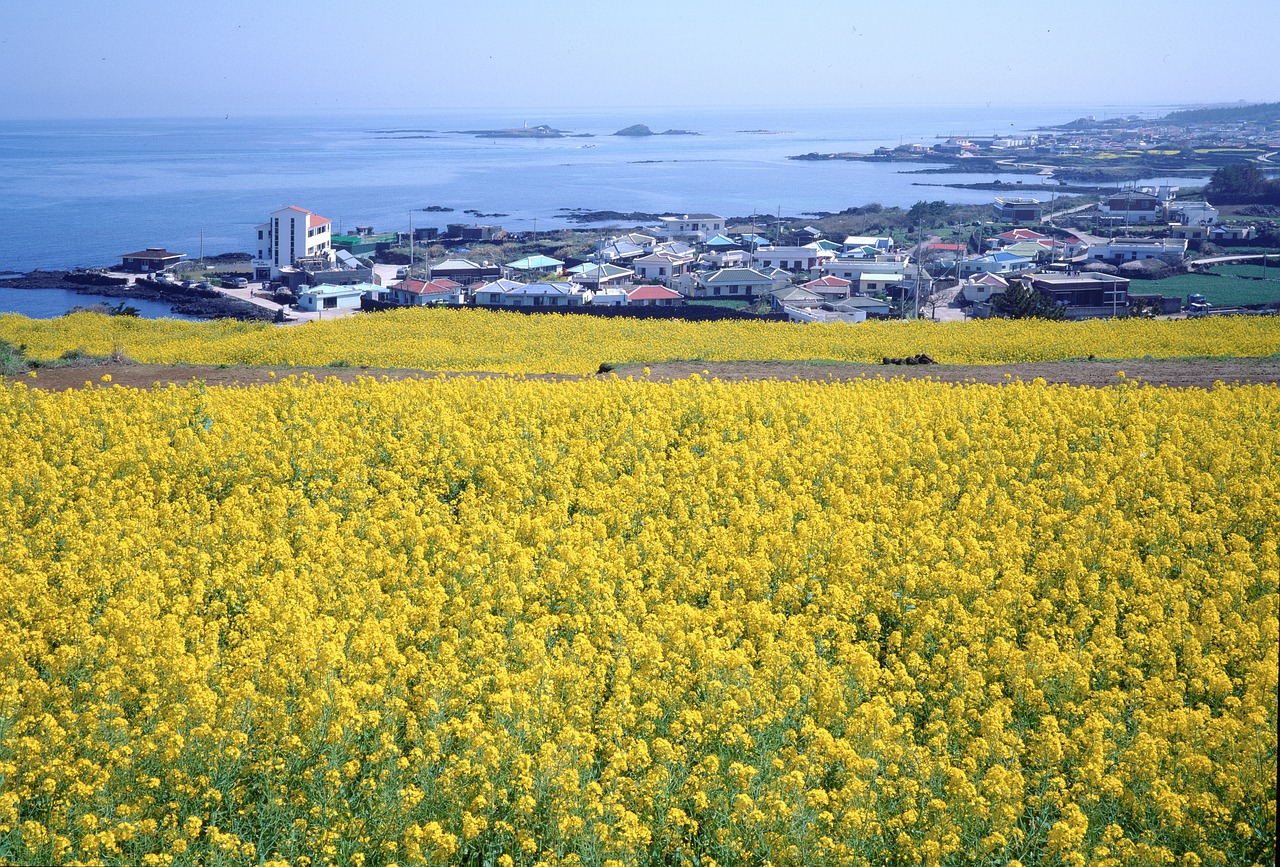Jeju, South Korea’s beloved volcanic island, is renowned for its breathtaking landscapes, vibrant culture, and world-class tourism infrastructure. However, a recent uptick in criminal activity is unsettling both locals and visitors just as Chinese tourists are returning in droves, signaling a complex shift in the island’s social and economic dynamics.

Tourism Revival and the Return of Chinese Visitors
After a period of subdued international travel, Chinese tourists are once again flocking to Jeju. The renewed influx is attributed to eased travel restrictions, improved diplomatic ties, and targeted marketing by local tourism boards. This influx is seen as a lifeline for Jeju’s economy, which heavily depends on tourism revenue.
- Economic Boost: With millions expected to visit annually, local businesses—from luxury resorts to small eateries—anticipate a revival.
- Cultural Exchange: The return of Chinese visitors is enriching local cultural experiences, prompting festivals, art exhibitions, and culinary events that celebrate cross-cultural ties.
Rising Crime: A Cause for Concern
Simultaneously, Jeju is grappling with a noticeable rise in criminal incidents. While the island has long been perceived as safe, recent reports indicate increases in petty crimes, scams, and even more serious offenses.
- Nature of Crimes: Incidents range from pickpocketing and credit card fraud to burglaries in tourist areas, with some cases reportedly targeting foreign visitors.
- Underlying Factors: Experts suggest that the sudden surge in tourist numbers may be straining local security infrastructure. In addition, economic disparities and opportunistic behavior in busy tourist hubs have contributed to this trend.
Analyzing the Underlying Causes
The convergence of a tourism boom with rising crime is not coincidental. Several factors may be at play:
- Overburdened Law Enforcement: With a significant increase in visitors, police and security personnel are spread thinner, making it harder to monitor all hotspots effectively.
- Economic Pressures: As tourism recovers, some local residents may face economic challenges, which can sometimes lead to an increase in opportunistic or survival-driven criminal behavior.
- Social Disparities: The stark contrast between booming tourist areas and struggling local communities can foster resentment, sometimes manifesting in crime.
Community and Government Response
Local authorities, business leaders, and community organizations are mobilizing to address these challenges proactively:
- Enhanced Security Measures: Police forces are increasing patrols in high-traffic tourist areas and deploying additional surveillance technology.
- Community Policing Initiatives: Collaborative efforts between law enforcement and local businesses aim to create neighborhood watch programs and improve emergency response times.
- Tourism and Safety Campaigns: Public awareness initiatives educate both visitors and residents on safety tips and emergency procedures, helping to mitigate risk.
Economic and Social Implications
The dual dynamics of a tourism boom and rising crime have far-reaching consequences:
- Impact on Tourism: While an increase in visitor numbers boosts the economy, persistent safety concerns may eventually dampen tourist enthusiasm if not addressed effectively.
- Local Business Challenges: Small business owners face the delicate task of balancing a surge in clientele with the need to protect their assets and ensure customer safety.
- Social Cohesion: The rising crime rate can exacerbate social divides, highlighting the need for community support systems and sustainable economic policies that benefit all residents.

Looking Ahead: Strategies for a Secure Future
Jeju’s current challenges present an opportunity for systemic improvements:
- Infrastructure Investment: Upgrading public surveillance, enhancing emergency response systems, and renovating urban spaces can create safer environments for all.
- Policy Reforms: Introducing stricter regulations on tourist areas, combined with support for local communities, can help ensure that economic gains are shared equitably.
- Technological Integration: Leveraging advanced analytics and real-time monitoring can enable law enforcement to predict crime trends and respond more swiftly.
Frequently Asked Questions
Q: What types of crimes are on the rise in Jeju?
A: Reports indicate an increase in petty crimes like pickpocketing and scams, as well as some incidents of burglaries, particularly in crowded tourist areas.
Q: How is the return of Chinese tourists affecting Jeju?
A: The return of Chinese tourists is revitalizing Jeju’s economy through increased spending and cultural exchange. However, the surge also places additional pressure on local infrastructure and security.
Q: What measures are being taken to combat the rise in crime?
A: Local authorities are increasing patrols, deploying additional surveillance technologies, and launching community policing initiatives to better monitor high-traffic areas.
Q: Why might there be a rise in crime during this tourism boom?
A: The sudden influx of visitors can strain law enforcement resources. Economic pressures on local residents and disparities between tourist hubs and surrounding areas can also contribute to opportunistic criminal behavior.
Q: How are local businesses responding to these challenges?
A: Businesses are collaborating with local law enforcement and community groups, implementing their own security measures, and participating in safety campaigns to protect both their assets and customers.
Q: What is being done to ensure tourists feel safe?
A: Enhanced security measures, public safety campaigns, and improved emergency response systems are being put in place to reassure visitors and maintain Jeju’s reputation as a safe destination.
Q: Are there long-term plans to address these issues?
A: Yes, local government officials and community leaders are planning infrastructure upgrades, policy reforms, and technological integrations to create a more sustainable and secure tourism environment.
Q: Could the rise in crime affect Jeju’s tourism industry?
A: While the tourism boom currently boosts the economy, continued safety concerns could deter visitors over time if effective measures are not implemented.
Q: How can tourists protect themselves while visiting Jeju?
A: Tourists are advised to remain vigilant in crowded areas, secure their belongings, and follow local safety guidelines provided by authorities and tourism operators.
Q: What role do community initiatives play in addressing this issue?
A: Community initiatives, including neighborhood watch programs and local safety campaigns, are crucial for fostering cooperation between residents, businesses, and law enforcement to enhance overall security.

Conclusion
Jeju stands at a crossroads where its flourishing tourism industry meets the challenge of rising crime. The return of Chinese tourists brings both economic promise and increased security demands. With coordinated efforts from law enforcement, community leaders, and policy makers, Jeju is poised to not only safeguard its visitors but also strengthen its social fabric for a resilient and vibrant future.
Sources SCMP


